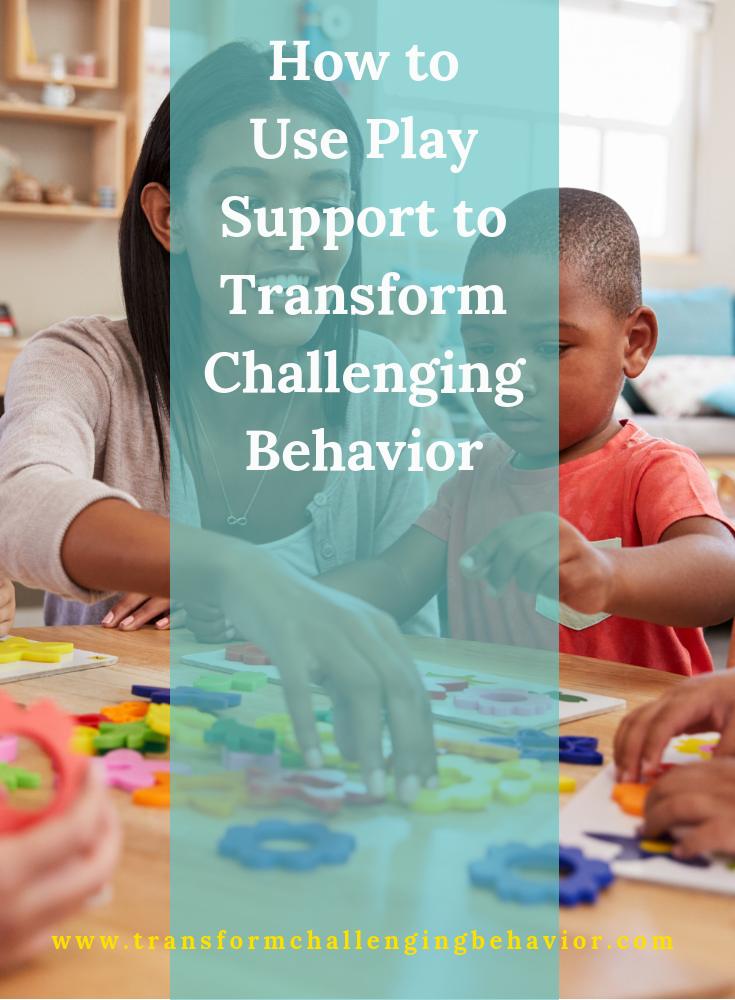It is possible to transform challenging behavior using play! Are you capitalizing on preschoolers' propensity for play?
In preschool the play's the thing. It's what motivates kids. It's what they would almost always do rather than anything else.
It's also where learning and development happens.
I've spent a lot of time this August preparing and giving trainings to Head Start programs and early childhood programs in some local school districts and my most requested training is, Transform Challenging Behavior by Building on Children's Strengths During Play and Throughout the Day. Maybe it's because we don't always think to connect play with challenging behavior.
Yet, time and time again I have seen that when we support children's play a lot of times the troublesome behavior (whether it's hitting, refusing to move through routines or running out of the classroom) decreases or even disappears...even when the troubling behavior wasn't happening at play time (or center time, free choice, free play, work time - whatever you call it!) I've seen this happen over and over again with programs I've worked with and I experienced it when I was both a classroom preschool teacher and a floating preschool special ed teacher ("itinerant teacher" or "Special Education Itinerant Teacher/SEIT" for those of you in NY and familiar with this term).
The main strategy I teach in my trainings is to enter children's play as a play partner and to simply imitate their use of materials (repeating sounds is great too).
In the beginning this might be parallel play, where you are playing alongside the child. This is an important stage of children's play development. Then, if or when they seem open to my presence I will make an offer to expand the play slightly. This doesn't have to be verbal. In fact it's often more powerful if it’s not. For example, if the child is lining up blocks I will line up blocks. Then, I might move on to stocking blocks or lining up in a slightly different way and see if they notice or are interested.
There are so many benefits to this very simple play support strategy:
by sitting down on the floor and copying the child's use of materials you send a positive message that validates their work/play
it can help build a positive rapport between you and the child
for those kids that "have no attention span" or "flit from one activity to another" you are helping them to engage longer and more meaningfully with materials
for the children who resist authority you are giving them an appropriate opportunity to be a leader
you are providing an opportunity for them to copy or follow you - so, for those kids that never want to do what you say you are giving them a fun context based on their interest where thy may be motivated to practice following the lead of the teacher (don't pressure them!!!!! It may take a few play sessions before they want to do this. It's ok. It's their play. If you are fun play partner and follow their lead long enough they will eventually want to copy you. Intrinsic motivation that's what we're going for here.)
Then, once they come to see you as a fun and trusted play partner you can prompt them to interact with peers if they are not already doing so on their own.
Be FUN, ok? That's the MOST important part. Also, don't rush to the peer interaction part too quickly.
Let's say Harry is your child who's been causing you brief or has trouble sustaining engagement or playing cooperatively. Randomly, say to Harry, "Harry, I see Emerald is building with the little squares, can you pass this to her?" or, "Emerald, I heard you say you are building a castle, tell Harry about your Castle." Prompt the children to interact with one another in small ways, sharing comments about their structures, asking questions about each other's structures, or passing materials the other might want?
"Why do this?" you may ask.
Some kids need our help to move through the stages of play and even when they don't, again, play is the best medium for building your relationship with children. Play's the thing, remember? The thing here with what I am remembering with Emerald and Harry is that these comments, questions and material-sharing is what children do naturally as they move from parallel play to the next stage which is called (if you're not familiar), associative play.
Eventually, in the preschool years we hope to support children to get to the cooperative play stage (all play stages referenced herein are credit to Mildren Parten who came up with the terms based on her research in 1932). But that child who can barely focus on a center? The one who runs into the block corner and seemingly for no reason knocks down block towers? The child who hits when someone takes a toy two feet away from them? They might still be in more of a parallel stage or even be an "onlooker" who lacks the skills to enter play (hence, the “I'll go knock down your structure” approach).
So, start with this. Make your connection with the child by imitating and maybe slightly expanding the play over time. Build that rapport. Practice you following their lead and them following yours. Don't tell them that's what you're doing or ask permission, just do it! Parallel play does not require consent. We're all allowed to sit in the area and use the materials. Now if they yell, "don't copy me" then don't copy them because clearly your working against your goals. Just use the materials in your own way in that case.
Then over time experiment with prompting peer interaction and see how it goes.
Why?
Because every time I have supported children's play in this way or coached teachers to do so in addition to develop a positive rapport with some of the most challenging adversarial kids we've seen growth in the children's play skills and eventually as they start to play interactively (associative play or cooperative play) and make friends, guess what? Less behavior problems!!!!! Even if the behavior was happening at other times of day.
Maybe it's because when we are having fun and have at least one good friend we tend to be happier and easier to get along with?
Think of yourself when you go to a party or class or any new environment by yourself versus when you go with a friend or partner...when you're somewhere where you are having fun versus somewhere that feels like drudgery?
Playing and having friends makes everything better.
Try it and see. I know you're juggling a million things (assessments, documentation, curriculum, supervising other adults) but just pick one kid who you think really needs some extra support and see if you can find 10 minutes to support his or her play. You can of course also interact with the other children in the center but work to imitate the use of materials and follow the lead of the child who needs you most.
Not sure what this looks like in practice? Watch this 7-minute video, demonstrating "imitate and expand". I think it is a great tutorial to get you started. The intrinsic motivation of play holds such potential for making magic in your classroom.
Thank you for all that you do.


